Nerve Flossing: The Dance Your Nerves Didn’t Know They Needed
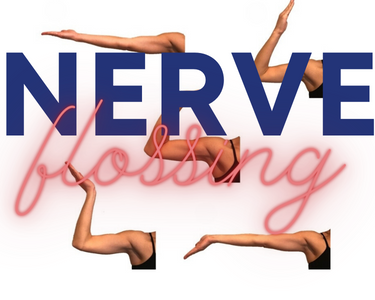
Hey there, fabulous folks! Are you ready to dive into the whimsical world of nerve flossing? Imagine your nerves are like tiny dancers inside you, and sometimes they get a bit tangled up in their own dance moves. Nerve flossing is like being the choreographer who steps in to smooth out those moves. Let’s shimmy our way through what this all means, in a way that’s as fun as it is informative!
Nerve Flossing: The What and The Why
Picture this: your nerves are like spaghetti strands running through your body. Now, if these strands get stuck or squished, you might feel tingling, numbness, or even pain. That’s your body’s way of saying, “Hey, my dance space is cramped!” Nerve flossing is a series of stretches and exercises that help these spaghetti-like nerves slide and glide more easily. It’s like teaching your nerves to salsa smoothly through your body without stepping on each other’s toes.

Why Should You Boogie with Nerve Flossing?
Imagine sitting in one position for too long and feeling stiff. That’s your nerves telling you they need a dance break. Nerve flossing can help relieve that stiffness, reduce pain, and improve flexibility. It’s especially jazzy for folks with nerve-related discomfort like sciatica or carpal tunnel syndrome. Think of it as a daily dance routine for your inner workings!
The How-To of Nerve Flossing
Ready to get those nerves grooving? Here are some simple moves:
- The Neck Nod: Gently nod your head up and down. It’s like you’re grooving to your favorite tune, but really, you’re helping the nerves in your neck and spine.
- The Wrist Wiggle: Extend your arm, palm up, and wiggle your wrist from side to side. Imagine you’re a maestro conducting an orchestra, but the symphony is in your nerves.
- The Sciatic Sway: Sitting down, straighten one leg and flex your foot towards you. Then, slowly bend your head forward. It’s like you’re a curious flamingo, peering at your toes while keeping that leg straight.
- The Hamstring Hustle: Stand up, pop one heel on a low step, and lean forward with a straight back. You’re like a graceful heron, elegantly stretching over calm waters.
Before You Boogie Down
- Smooth and Easy: This isn’t a high-energy hip-hop routine; think more of a gentle waltz. The movements should be smooth and controlled.
- Regular Rhythm: Like any good dance routine, regular practice makes perfect. Try to incorporate nerve flossing into your daily groove.
- Listen to the Beat of Your Body: If a move feels more like stepping on a Lego than gliding on a dance floor, pause and check with a healthcare pro. Your body’s feedback is the best rhythm to follow.
- Patience, My Dancing Star: At first, nerve flossing might feel as awkward as learning a new dance step, but give it time. Your nerves are picking up new rhythms!
The Funky Finale
And there you have it, my groovy friends – your very own guide to the dance of nerve flossing. It’s a simple yet effective way to keep your inner dancers – your nerves – moving smoothly and happily.
Thanks for boogieing down this nerve flossing path with me. Until our next wellness waltz, keep those nerves dancing and your body grooving! 💃🕺✨ Remember, a little flossing goes a long way in the dance of life! 🌟🎵🧘♀️🧘♂️
Here are more detailed samples
Sciatica:
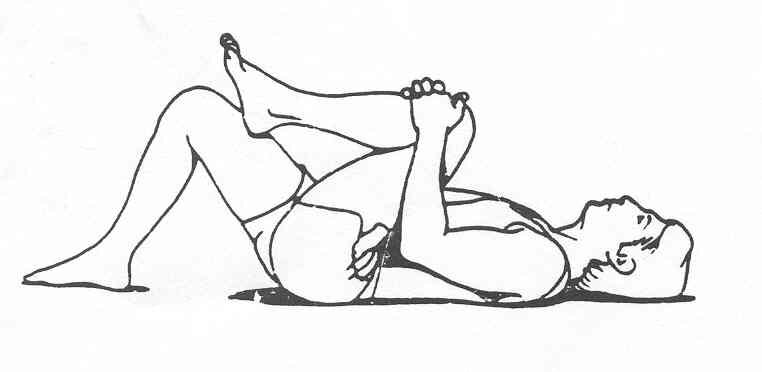
“Numbness, weakness, and/or radiating pain/pain in the lower back, buttocks, legs, and/or feet” (Pietrangelo, 2018).
“Knee to chest stretch” (Pietrangelo, 2018; Sissons, 2020): Lying down on the back with legs extended, bend one leg at the knee. Use the hands to gently pull the knee towards the chest while in line with the hip. Hold the stretch for 20-30 seconds. Relax and repeat with the other leg. Perform the stretch 3 times per leg.
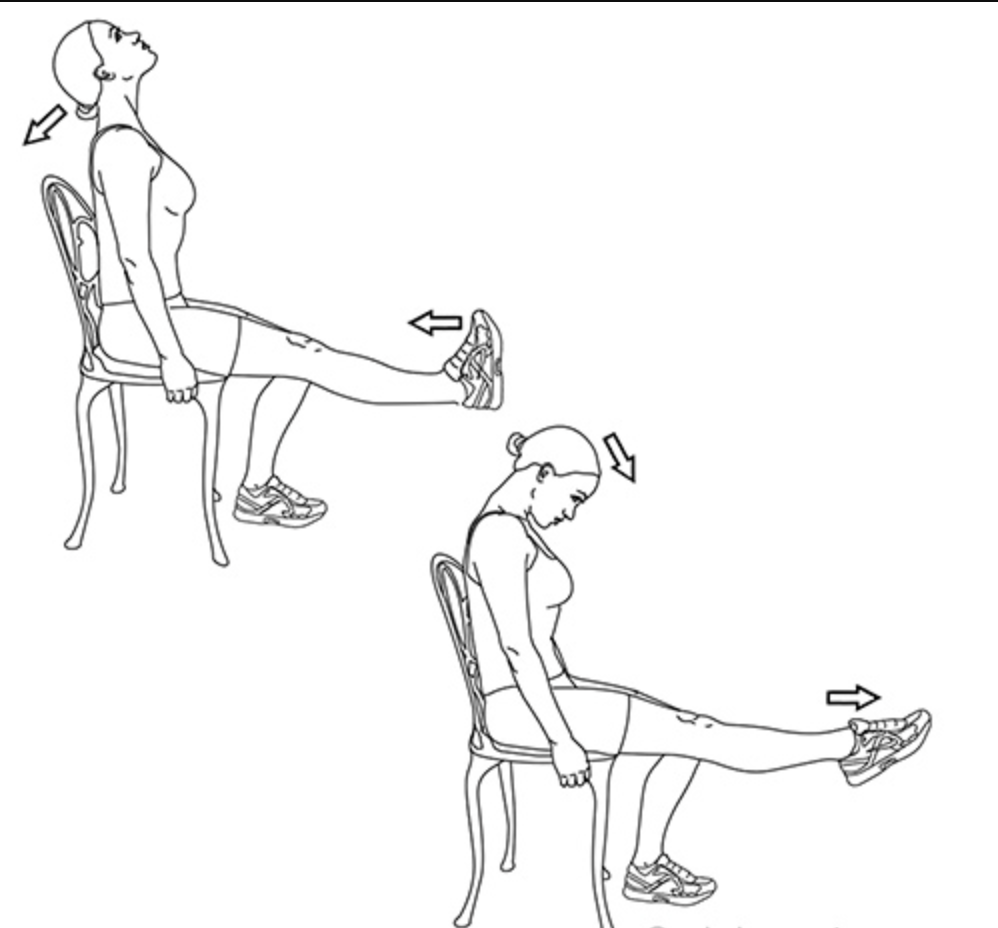
“Seated sciatic nerve floss” (Lovell, 2021): Sitting upright with knees and feet shoulder width apart, extend one leg straight and flex the foot towards the body. Next, tilt the head backwards. Release by bringing the head back down, chin towards the chest, and bring the leg back, a bit past 90⁰ towards one’s buttocks. Repeat this with the opposite leg. Perform this exercise 10 times, 2-3 times per day.
Piriformis Syndrome:
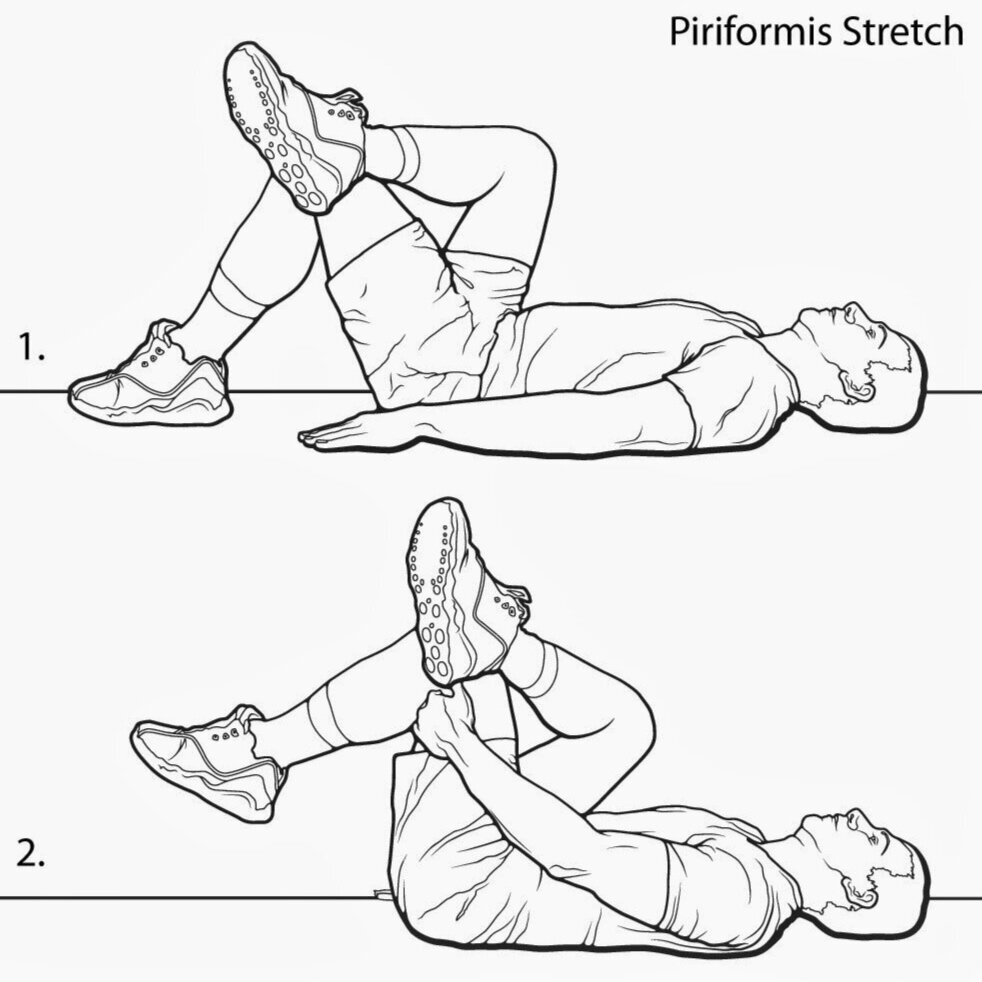
“Pain in the buttocks, hips, and/or hamstrings” (Sissons, 2020)
Lying down on the back with legs extended, bend one leg at the knee. Using the hands, bring that knee and foot towards the opposite shoulder by moving it across the body. Hold for 5 seconds, release slowly, and return to starting position. Repeat exercise 5 times per leg, 2-3 times per day.
Carpel Tunnel Syndrome
Pain, weakness, and/or numbness located near the wrist and/or forearm region (Pietrangelo, 2018).

Focus: median nerve glides
Sitting upright with arms at 90⁰ with palms facing up, make a fist and hold for 5-10 seconds. Release fingers by extending them back and hold for 5-10 seconds. Repeat 5-10 times.
Sitting upright with arms at 90⁰ with palms facing up, bend the wrist back and hold for 5-10 seconds. Repeat 5-10 times.
Thoracic Outlet Syndrome

Pain, weakness, and/or numbness located in the upper arm, neck, and/or shoulder (Pietrangelo, 2018).
Focus: brachial plexus nerve glides
Standing upright, arms at the side, shrug shoulders back and up. Relax. Next, shrug shoulders up. Relax. Repeat 10 times.
While lying face down, clasp 2 hands behind the back. While inhaling, raise the head and chest up and bring the 2 shoulder blades together. Hold for 3 seconds, relax, and then repeat 10 more times.



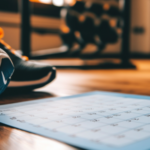

 Previous Post
Previous Post Next Post
Next Post